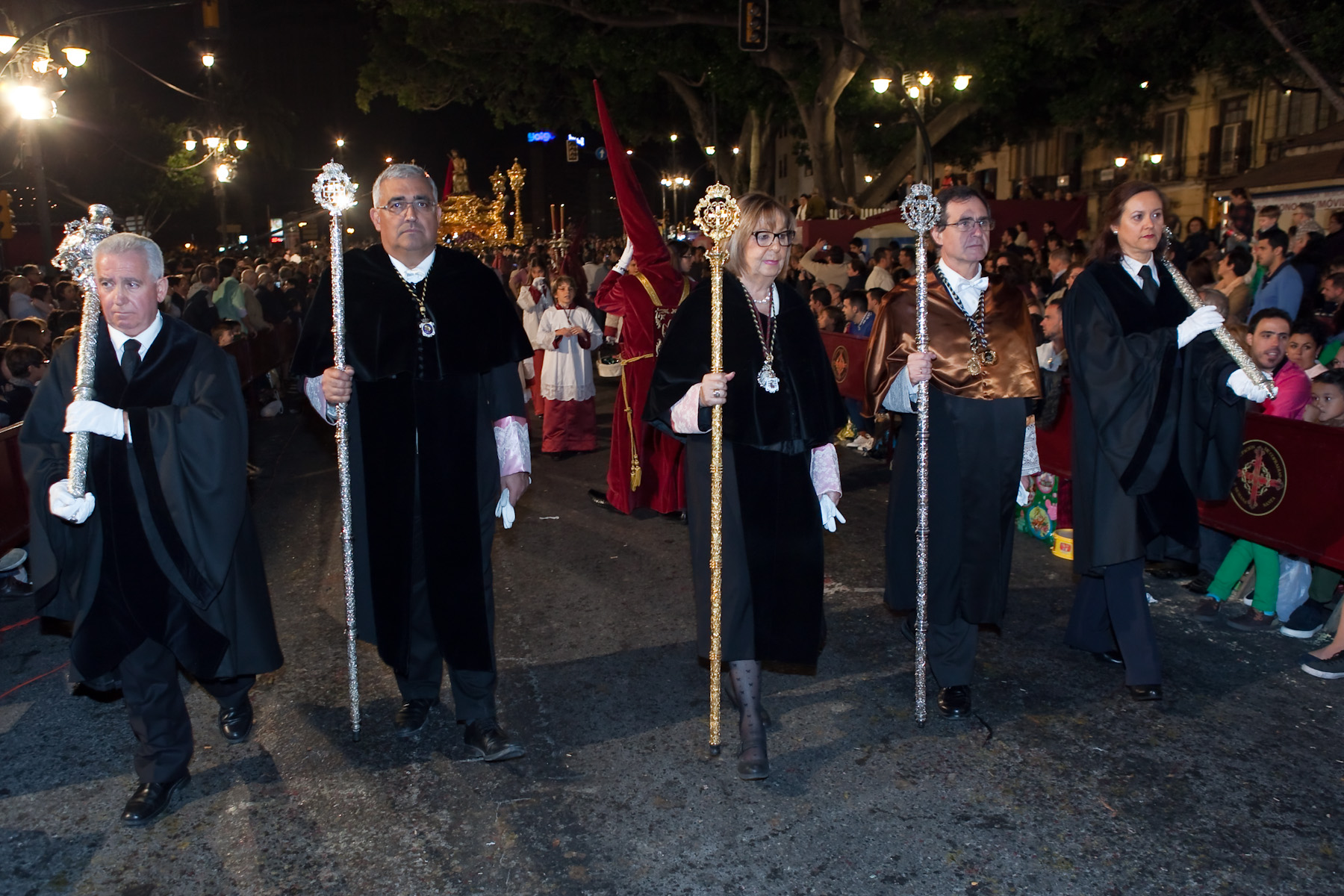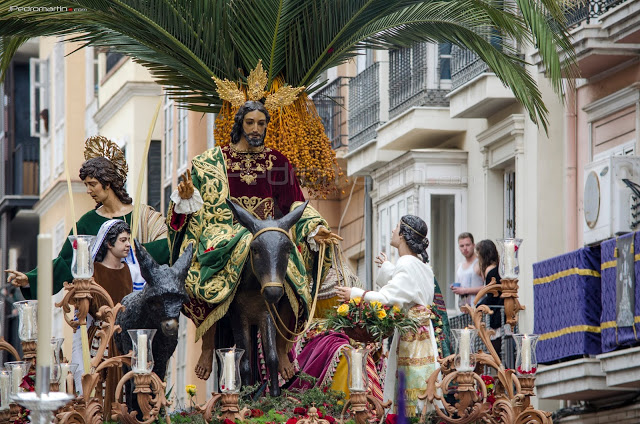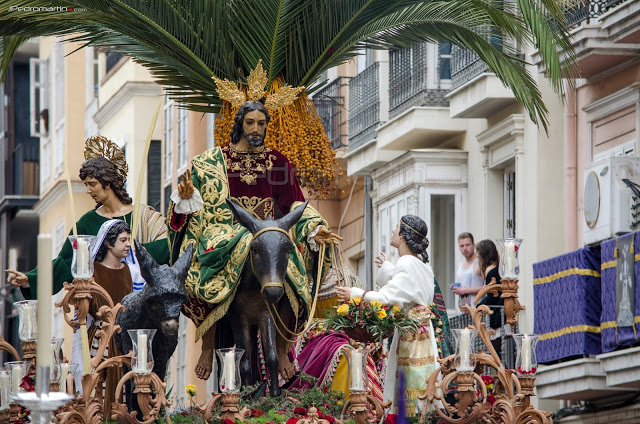There are only three days until the start of the Holy Week in Malaga and everyone is watching the weather, which if it doesn’t change much, it seems to give a respite to the brotherhoods. If you already have your guide to see the Holy Week of Malaga, now it’s time to enjoy it and know the ins and outs. Today we bring you some of the curiosities of the Holy Week in Malaga that perhaps you didn’t know and that will make you observe every last detail during this Holy Week.
The 9 Curiosities of the Holy Week in Malaga that you probably didn’t know
ÍNDICE DE CONTENIDOS
Black flags
Some processions will see that in their ranks of Nazarenes they carry black flags that they carry dragging along the ground, their meaning is that they clean the blood of Christ poured into the earth.
The oldest brotherhood of Malaga
The oldest brotherhood of the city of Malaga was founded in 1505 and it is the ‘Real hermandad de Fusionadas’, whose origin is linked to the Catholic Monarchs.
The University is represented in the Brotherhood of ‘Estudiantes?
The University of Malaga, for many years now, has been the honorable elder sister of the Brotherhood of ‘Estudiantes’, with whom it has a close collaboration. Every Holy Monday a procession of the University participates in the processional parade as a representation of the university community.

The Virgin of Sorrows wears a mantle of flowers
It is the most characteristic mantle of Holy Week in Malaga, and is that every year the brotherhood weaves a new cloak for his virgin made entirely with flowers. The origin of this curiosity goes back to the origins of the brotherhood, in which they did not have the resources to buy a mantle for the throne.
Churches of the Brotherhood of ‘Gitanos’
Many of you will have seen that the ‘Gitanos’ brotherhood is the only one with ‘Servitas’ in which their Nazarenes don’t wear hoods. This is because formerly the hoods were not as common as now and therefore this brotherhood decided to maintain its origins.
Origin of the white tunic of the Captive
In its origins the Image of ‘Jesus Cautivo’ was designed to be exhibited as an Ecce Homo, but due to problems with the ecclesiastical community and the few resources that were had in those times, it was decided to improvise to dress him with a white robe. plus. This coincidence had a great impact on the image, reaching our days as one of the images with the greatest impact of the whole Holy Week in Malaga.
The Pollinica
The Borriquita is the affectionate name that is often used to mention the procession of the Triumphal Entrance of Jesus in Jerusalem. In Malaga, another well-known name is used among the people of Málaga “La Pollinica”. This appellation has its origin in the colt (young donkey) on which the Lord stands.

Swords in processional procession
That a processional procession carries a sword among its ranks of Nazarenes has a very marked meaning. This is because many centuries ago, there were sectors thought that the conception of Mary had been conceived without original sin. Some brotherhoods that process the Marian faith carry the sword as an identification of this faith.
[quote align = “center” color = “# 999999”] We have already told you some of the most interesting curiosities of the Holy Week in Malaga that you probably didn’t know. Now, what if you know the best curiosities of Málaga? And if that still keeps you wanting more, there’s no problem! Every day we organize Free Tours in Málaga with departure at 11:00 from the Plaza de la Constitución. [/ Quote]

